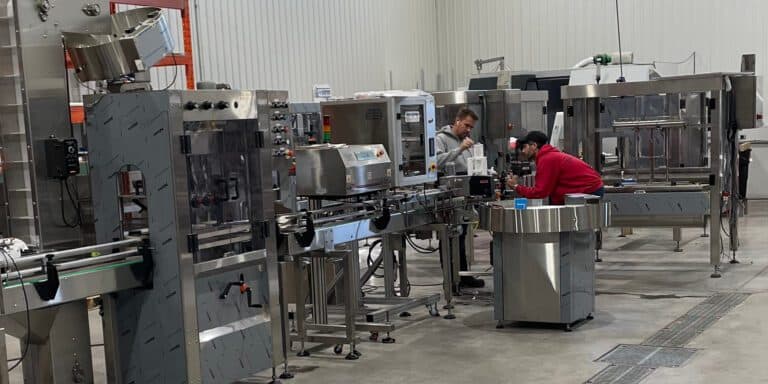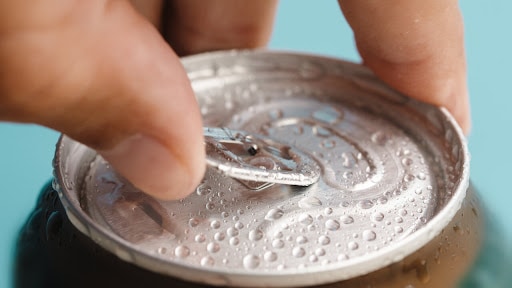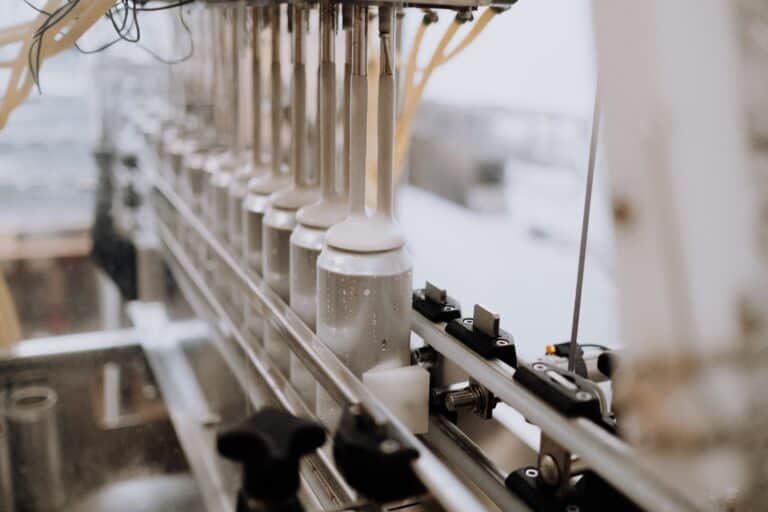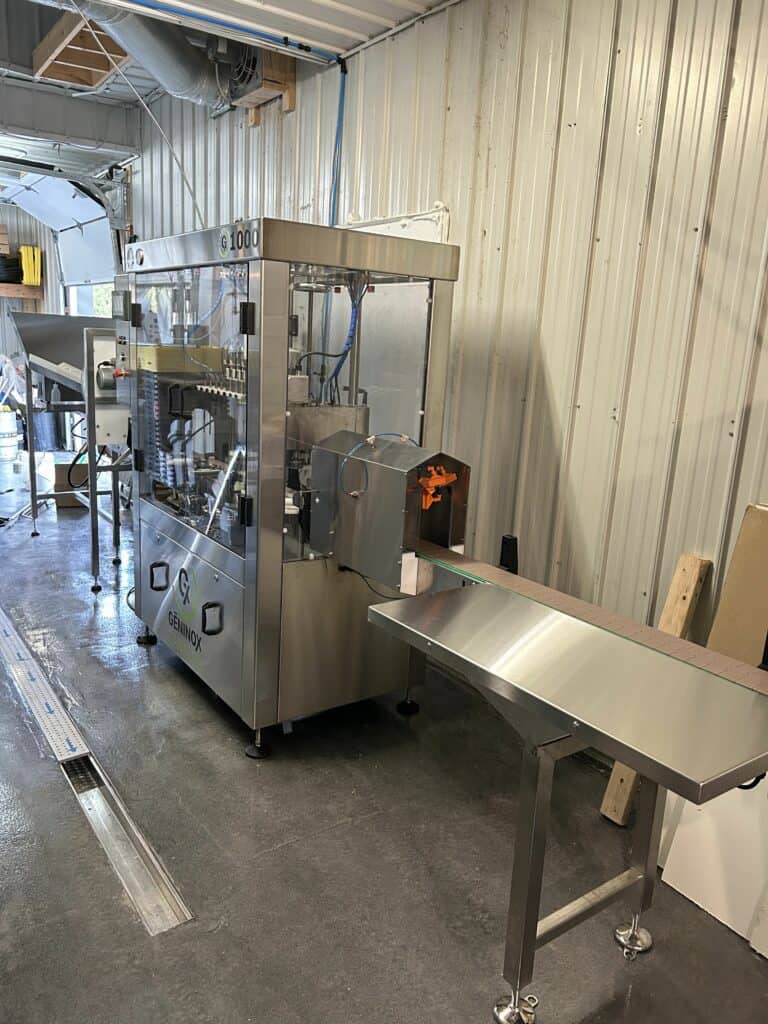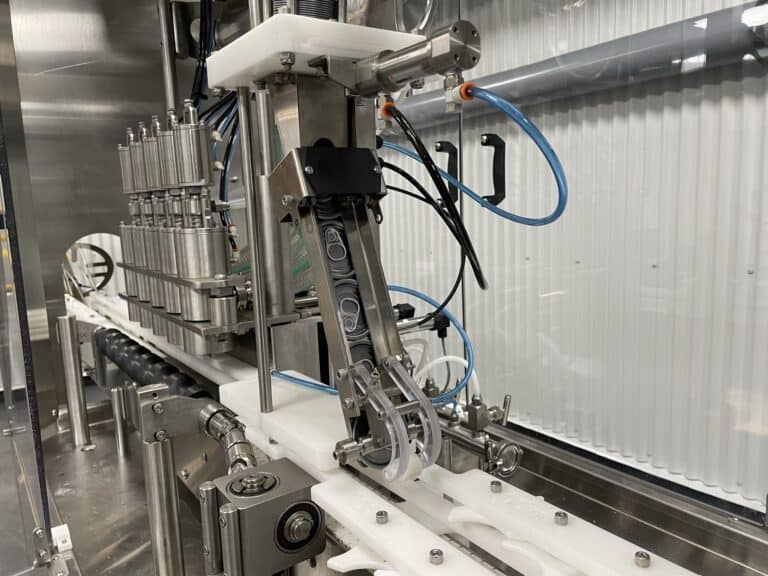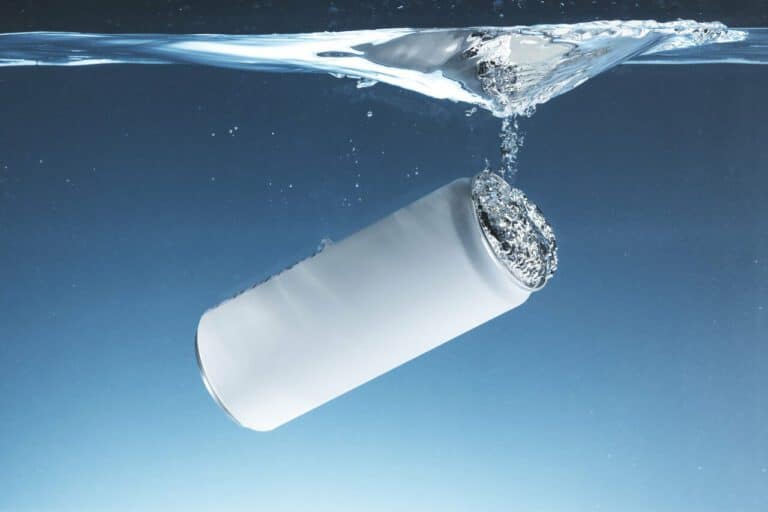Best Practices For Maintaining Product Quality During The Liquid Canning Process
Maintaining product quality during liquid canning operations is of utmost importance for beverage manufacturers. This process involves several intricate stages, including filling, sealing, and labeling, which must be executed with precision and care to preserve the taste, freshness, and overall appeal of the product. In this blog post, we explore some of the best practices for maintaining product quality during the liquid canning process.
10 Tips To Maintain Product Quality During The Liquid Canning Process
1. Ensuring a Hygienic Environment
Cleanliness and sanitation are paramount when it comes to maintaining product quality during the liquid canning process. Creating a hygienic environment through regular cleaning, adhering to good personal hygiene practices, and conducting frequent inspections are key steps when it comes to canning liquids. It’s essential to keep the production area clean at all times. Regularly sanitizing surfaces, equipment, and utensils used during the liquid canning process is imperative to eliminate potential sources of contamination. This includes thoroughly cleaning all containers, lids, and tools before use.
Personal hygiene is equally important. All personnel involved in the liquid canning process should follow good hygiene practices such as washing hands regularly and wearing appropriate protective clothing. This not only helps prevent cross-contamination but also minimizes the introduction of harmful bacteria or foreign substances into the production area. Conducting regular inspections and audits can help identify areas that may require improvement in terms of cleanliness and sanitation. By addressing issues promptly, the consistent high-quality of liquid canned beverages can be ensured.
How Is The Shelf Life Of Canned Liquids Determined, And What Factors Affect It?
2. Regular Inspection and Maintenance of Equipment
Regularly inspecting and maintaining your liquid canning equipment guarantees the production of high-quality canned beverages. Incorporating thorough equipment maintenance into your quality control system will ultimately result in consistently producing safe and delicious products for consumers to enjoy.
Regularly inspecting and maintaining liquid canning equipment ensures a smooth and enjoyable production process. Doing so allows you to prevent any potential issues that may arise during processing, such as wear and tear, malfunctioning parts, or seal failure. Equipment maintenance should be an integral part of your overall quality control system.
Furthermore, regular inspection and maintenance aid in preventing microbial growth within the equipment. Microbes thrive in unclean environments and pose a serious safety risk. By keeping your equipment clean and well-maintained, you minimize the chances of microbial contamination during processing methods. Implementing strict cleanliness protocols alongside regular inspections will help mitigate any potential risks associated with microbial growth.
3. Proper Handling and Storage of Ingredients
By following the best practices for handling and storing your ingredients during the liquid canning process, you can maintain their freshness and quality throughout. Properly handled ingredients will result in delicious products that are safe for consumption.
Proper handling starts with using ingredients that are fresh and of high quality. Make sure to inspect each ingredient before use, discarding any spoiled or damaged ones. When handling hot liquids, always use heat-resistant gloves or tools to prevent burns. Be mindful of the environment where you place your ingredients, as it should be clean and sanitized to avoid contamination.
Proper storage is equally important. You should store ingredients in a cool, dry place away from direct sunlight and extreme temperatures. This will help preserve their flavors and nutritional value. For perishable items, refrigeration may be necessary to slow down spoilage. It’s also crucial to keep containers tightly sealed to prevent air exposure.
What does it cost to get my liquid professionally canned?
4. Temperature Control: Maintaining Optimal Conditions
Paying attention to temperature control at every step of the liquid canning process, from ingredient storage to processing, is key to consistently producing high-quality liquid goods. During the canning process, it’s important to carefully monitor and control the temperature. For water bath canning, maintaining a constant boiling temperature is essential to kill potential bacteria or microorganisms.
On the other hand, counter pressure canners require a precise heat transfer to achieve proper sterilization. Adjusting heat levels as needed and using an accurate thermometer, ensures that optimal conditions are maintained throughout. Proper temperature control not only affects product safety but also impacts quality. Maintaining optimal conditions allows for uniform heat distribution within the cans, ensuring even processing of the contents. This helps preserve flavor, color, and texture.
5. Quality Control Measures: Testing and Sampling
Testing and sampling are necessary steps to ascertain that products meet the highest standards of quality and safety. By conducting regular tests, you can identify potential issues early on and take corrective actions to maintain product integrity. One important aspect of quality control is testing the water used in the canning process. It’s essential to use clean and pure water to prevent contamination of your canned cocktails.
You should regularly test the water source for impurities or bacteria that may affect the final product’s quality. Additionally, it’s important to monitor the pH levels of acidic liquids to ensure they fall within safe ranges. In the same vein, heat plays a critical role in destroying harmful bacteria and pathogens. To maintain optimal product quality, make sure to follow recommended processing times for different products.
In addition to conducting tests throughout the canning process, you should sample canned cocktails from various batches to verify that they’ve been adequately processed, maintaining their flavor, texture, and nutritional value. This allows you to assess their overall taste, appearance, and consistency.
6. Efficient Packaging Techniques
Efficient packaging techniques ensure that canned beverages maintain their quality over time. Using appropriate canning methods such as atmospheric canning or counter pressure canning will help extend shelf life while keeping flavors intact. Remember to always follow proper guidelines and recommended processing times to maximize safety.
Lastly, utilizing a water bath canner is an effective technique for a wide range of products. This method involves submerging filled containers into boiling water for a specified amount of time to ensure proper heat penetration throughout the contents. The water bath canner provides consistent heat distribution and helps prevent spoilage or bacterial growth by effectively sealing in freshness.
Meanwhile, counter pressure canners place the products in a canner with water and seal it with a lid that allows steam to build up inside. The cans are then processed for a specific number of minutes at a designated pressure, which ensures that any bacteria or microorganisms are killed off during the canning process.
Counter pressure filling | Craft canning 101
7. Training and Education for Staff
Seeing to it that your staff receives comprehensive training and education on proper techniques for preserving and packaging canned beverages is vital for maintaining product quality during the liquid canning process. This includes understanding key canning methods and having the information to notice issues along the production process.
Staff should be familiar with the particular requirements of the ingredients and machines they work with. It’s crucial to follow guidelines specific to each item when determining the correct process needed for safe preservation. Therefore, proper training will help your staff maintain consistent quality and safety standards throughout the liquid canning process.
8. Compliance with Regulatory Standards
By following regulatory standards throughout the liquid canning process, you’re taking proactive steps toward delivering high-quality products to your customers. Following these steps will help you maintain product quality and safety throughout the entire production process:
- Understanding specific regulations for different products: Canned beverages have different requirements. What applies to juice will not necessarily apply to beer, and so on. It’s essential that your staff is knowledgeable about these regulations and follows them diligently to prevent any potential risks or spoilage.
- Maintaining a clean and sanitary environment: All equipment used should be thoroughly cleaned before use, using soapy water or appropriate cleaning agents. Additionally, regular inspections should be conducted to ensure that all equipment is in good working condition, including checking for signs of spoilage or residue that could contaminate the product.
- Closely monitoring processing parameters: It’s vital to follow guidelines regarding correct gauge pressure and processing times specified for each type of beverage being canned. Any deviation from these guidelines could compromise quality and safety. Remember, even an additional minute or a slight change in temperature during processing can make a significant difference in terms of product quality and shelf life.
9. Continual Improvement: Evaluating and Adjusting Processes
To consistently produce high-quality canned cocktails, you must continually evaluate and adjust your operations. By paying close attention to the different factors that influence the canning process, you can guarantee your canned beverages are safe for consumption and possess a long shelf life. Make sure to stay informed about the best practices in preservation and incorporate them into your canning operation. This way, you can consistently produce high-quality products that meet regulatory standards.
10. Acquire High-Quality Canning Equipment
Canned cocktails have emerged as a popular choice due to their portability, longer shelf life, and ease of consumption. Whether it’s soda, beer, or energy drinks, the liquid canning process is a critical step in ensuring the product’s quality remains intact from production to the moment it reaches the consumer’s hands. The best way to achieve this is by relying on top-tier canning equipment. At Geninox Canning, we specialize in providing state-of-the-art, automatic canning solutions.

